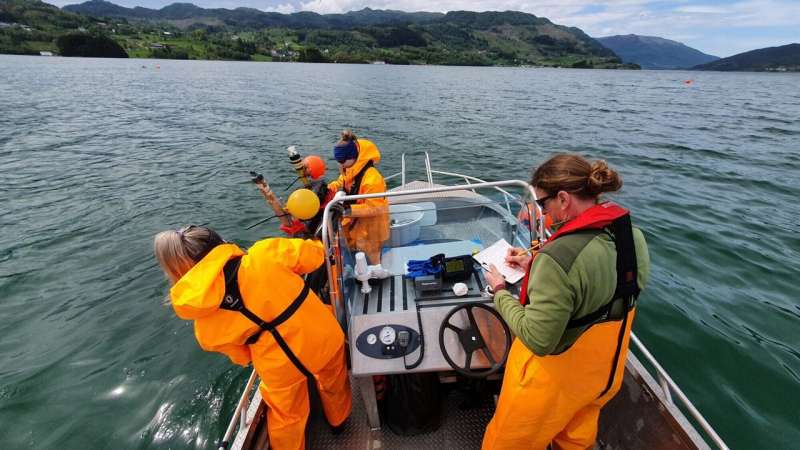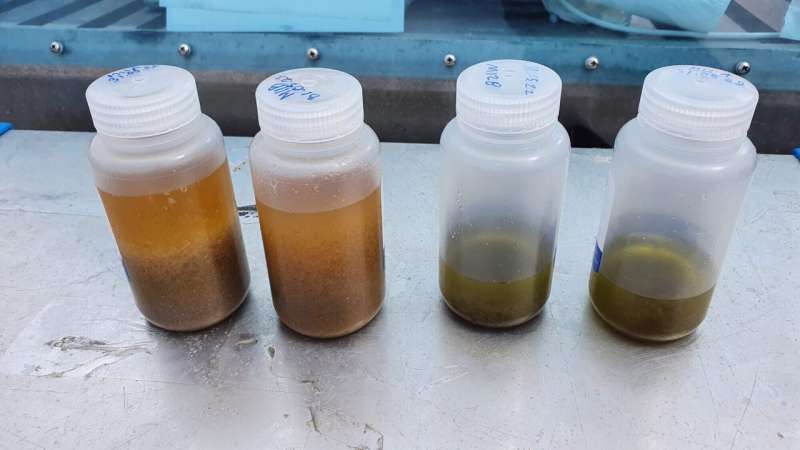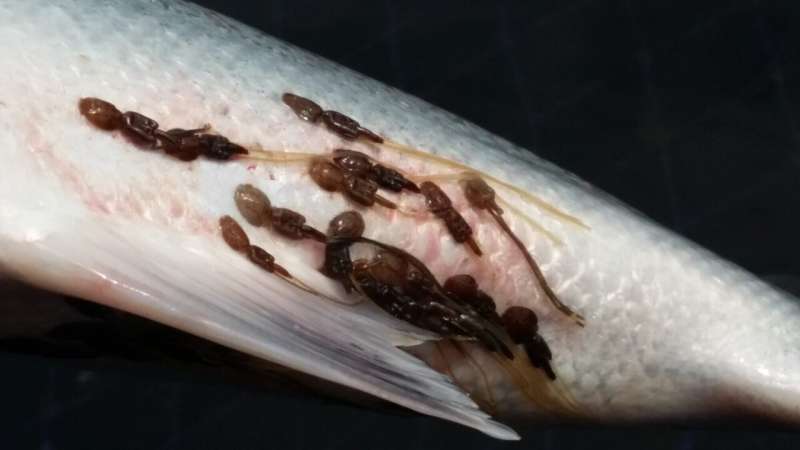Testing lice traps on the Hardanger coast

Salmon lice are one of the biggest challenges for the Norwegian aquaculture industry today and pose a threat to wild salmon. The authorities have therefore introduced several measures to reduce the lice levels in production facilities and the infection pressure on wild fish.
A "traffic light" system is designed to ensure predictable and sustainable growth in the aquaculture industry. The system uses the infection pressure from salmon lice on wild salmonids as an environmental indicator to determine whether production in an area can increase or needs to be reduced.
However, monitoring salmon lice is a demanding task. The current management system uses a combination of statistical models that calculate the spread of infectious salmon lice larvae from fish farms and manual counts in the field to monitor the lice on fish.
Field monitoring is done either by catching wild salmon in trawls and purse seines, or by putting farmed salmon into so-called "guard cages" and counting how many lice have infested the fish after two weeks in the ocean.
Lice larvae captured in open sea
Researchers at NINA, the Norwegian Institute for Nature Research, have collaborated with NTNU to develop a new method for counting salmon lice larvae in the open ocean. This is ground-breaking work that can be scaled up and contribute to cost-effective monitoring of lice larvae along the entire Norwegian coast.

The lice trap filters seawater and collects plankton. The plankton samples are analyzed at NINA's genetics lab, where the researchers have developed DNA-based methods for calculating how many salmon lice larvae are present per liter of seawater. Thus, the method can be used to calculate the density of lice larvae in the ocean.
"Experiments from our pilot studies along the coast have yielded very good results so far. This is the first major test of the method, which we're doing in connection with the national monitoring of salmon lice in the Hardangerfjord this summer," says Frode Fossøy, a senior researcher at NINA.
Spreading of salmon lice larvae analyzed in Hardangerfjord
A total of 12 lice traps have been put out in Etne and Rosendal municipalities in the Hardangerfjord this summer. The Norwegian Institute of Marine Research already carries out ongoing salmon lice monitoring with guard cages, so the researchers can compare their data with the monitoring results from the Institute of Marine Research. Development of the new method will also help to calibrate the models used in the traffic light system and make the dispersal models even more accurate.
Ph.D. candidate Nathan Mertz and master's students Ingvild Tryggestad and Amanda Andersson at NTNU Sealab have collected large amounts of plankton from various localities in order to analyze the spread of salmon lice in the fjord system.
"These data will be very important and will complement the various national dispersal models for salmon lice developed by the Institute of Marine Research, SINTEF and the Norwegian Veterinary Institute. The method could become an important part of the traffic light system," says Bengt Finstad, a professor at NTNU Sealab.

Facts on salmon lice
- Salmon lice are a parasitic crustacean which have salmonids as their host organism. Their life cycle consists of eight stages.
- Sexually mature female lice hatch an average of 300 eggs each week. These develop in three free-swimming larval stages that disperse with the ocean currents.
- In the third stage, the larva is called a copepodite and is dependent on attaching itself to a host fish; otherwise it dies of starvation. In the later attached stages and moving stages, the parasite feeds on mucus, skin and blood and can inflict major wounds on the host fish if the concentration of lice is high.
Provided by Norwegian University of Science and Technology





















